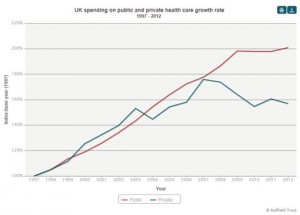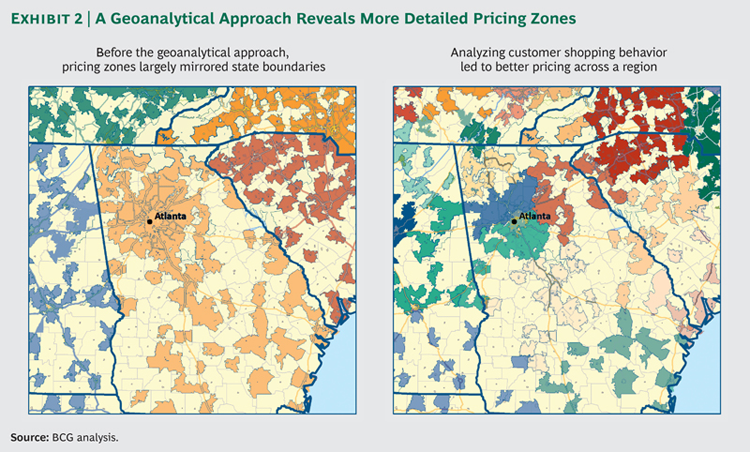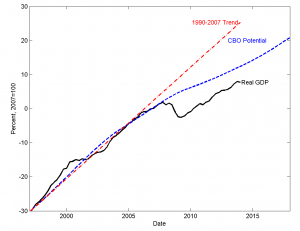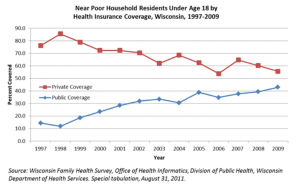The Dartmouth Institute maintains that large variation in the use of various medical procedures demonstrates the inefficiency inherent in the way that the U.S. health care system is organized. The mere fact that variation exists also means that the U.S. system is inequitable. If procedure rates vary, some people have too little access to medicine while others have too much.
Members of the Dartmouth group also claim that “geography is destiny for Medicare patients.” Its Dartmouth Atlas Project claims to show that although Medicare spends more in areas where there are more hospital beds, physicians overall, and specialists per capita, people do not get better care.
If one believes these claims, then the solution to U.S. health care spending is to remove decision making power from individual patients and physicians. Instead, government should have the power to forcibly equalize treatment and resource use everywhere in the country. Fortunately, a large amount of evidence suggests that the Dartmouth Institute interpretation leaves much to be desired and that it is possible that government control is more likely to be the problem than the solution.
For example, this 2010 Dartmouth Atlas Surgery Report from the Dartmouth Institute made much of the national variation in Medicare hip replacement rates in 2000-01. Noting that the rate ranged from 1.2 per 1,000 in the hospital referral area of Alexandria, Louisiana, to 6.7 per 1,000 in the hospital referral area of Boulder, Colorado, it concluded that
[b]ased on the data presented here, it appears that patients in some regions and among some populations may not be getting adequate access to the procedures, while patients in other regions and among other populations may be undergoing the procedures at higher rates than necessary.
Reaching such a conclusion from local hip replacement rates requires assuming that the U.S. population is composed of identical people identically distributed over a featureless geographic plain that is everywhere the same.
Read More » »






